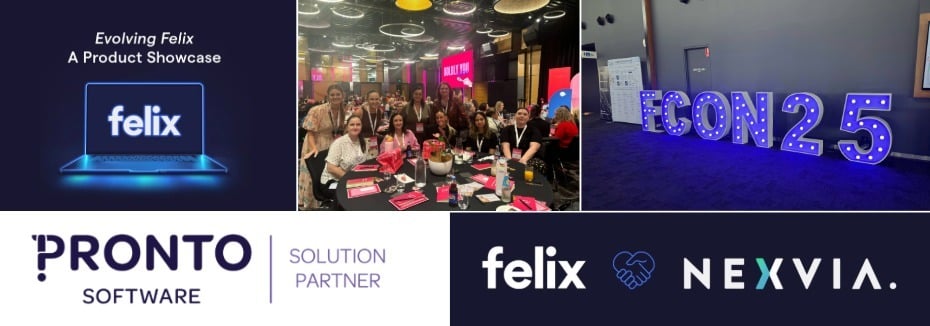Future-proof your organisation with the right technology partnership

Rapidly evolving digital technology is impacting procurement processes across many organisations and industries. With higher-than-ever demand for savings, transparency, efficiency, and value-driven procurement, companies must embrace this change to keep up with the competition.
Forward thinking organisations in the construction sector are leveraging software platforms to assist procurement teams with streamlining and automating burdensome administrative tasks in their daily sourcing activities.
Why head down the digital path?
Technology adoption is essential to improving and controlling expenditure, performance and time management. The shift to digital processes can hyperscale your inbound and outbound information capture, while reducing weighted costs from manual processes.
Disruptive technology platforms (A.K.A. innovative technology that adds value to your business by streamlining processes along the supply chains) are designed to build well-organised processes for procurement teams to manage information with features that house a single umbrella system for all relevant procurement touchpoints and documents.
How to ensure that you are partnering with the right technology provider?
To help, Felix has started the Procurement Technology Adoption: Roadmap To The Summit blog series. We’ve identified 8 key stages to implementing new software from acknowledgement of a problem at Base Camp to going live at Camp 6, and finally reaching the the Summit.
We liken a digital adoption journey as a hike to the Summit - each camp along the way is a step in the adoption process. We aim to help you navigate this hike to a well-planned software partnership with this series of blogs, starting at Base Camp. Base camp represents the first step in the adoption process – the acknowledgement of a problem.
To truly understand the issue at hand, you must begin by assessing your current state, before bringing your findings to a wider audience and finally forming a project group.

Step 1: Understanding the implications
Start by assessing the financial, quality-related and environmental consequences of implementing and/or not implementing a change management plan. This might extend to what goals you are looking to achieve, financial considerations, the quality of current systems against what’s out there and whether your company's ecosystem is well equipped for change.
What impact will technology have on procurement?
Be prepared to take on a holistic perspective and delve into the far-reaching aspects of your problem by preforming audits on your current systems and identifying how many business units and staff are affected by the problem. It can be difficult to pinpoint and estimate exact commercial impact at this stage. Attempt to recognise the approximate outlays associated with the problem – and determine if you are willing to invest the capital to resolve it.
Step 2: Notify senior management
Keeping senior management engaged and informed from the outset can be crucial to ensuring you have the right level of buy-in from the get-go and making sure expectations are managed and well aligned throughout the process,
Management only needs to acknowledge the problem at the surface, provided that you have established a fixed set of expectations and updates to ensure that key milestones in the operation are meet in later stages.
Step 3: Form a focus group
Identify the people within your organisation that are closest to the problem – if they happen to be a business unit, it is important to involve them. Be mindful that the larger the number of stakeholders involved, the greater the potential for time-blowouts to occur.
Introducing new technologies into your organisation does not mean that you have to re-invent your procedures – good software is simply a vehicle for good process. It is about acknowledging a problem that requires solving, and then understanding how a potential software partnership will make this possible.
Subscribe to our blog today to keep following this series on Procurement Technology Adoption: Roadmap To The Summit. Then keep an eye out for our next blog, where we’ll be climbing up to Camp 1 – helping you understand your existing relationship with technology.

Recent Articles
2025 in review: Milestones, insights and achievements
2025 – a year of that brought meaningful developments for Felix as we continue to address the evolving needs of organisations navigating complex supply-chain environments.
Top 10 reasons for a centralised vendor database
As organisations grow, so does the complexity of managing vendor relationships. Many still rely on spreadsheets or siloed systems, which can lead to inefficiencies, data inconsistencies, and compliance risks. A centralised vendor database offers a smarter, more scalable solution that brings structure, visibility, and control to procurement operations.
Here are the top 10 reasons why centralising your vendor data is a strategic move.
Five ways poor contract storage could be costing your organisation money
Contracts are the backbone of every business relationship – legally binding documents that define expectations, responsibilities, and value.
But what if the way your organisation stores those contracts is quietly costing you money?
Let's stay in touch
Get the monthly dose of supply chain, procurement and technology insights with the Felix newsletter.





